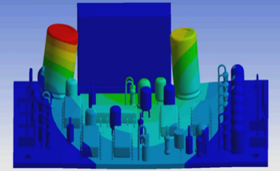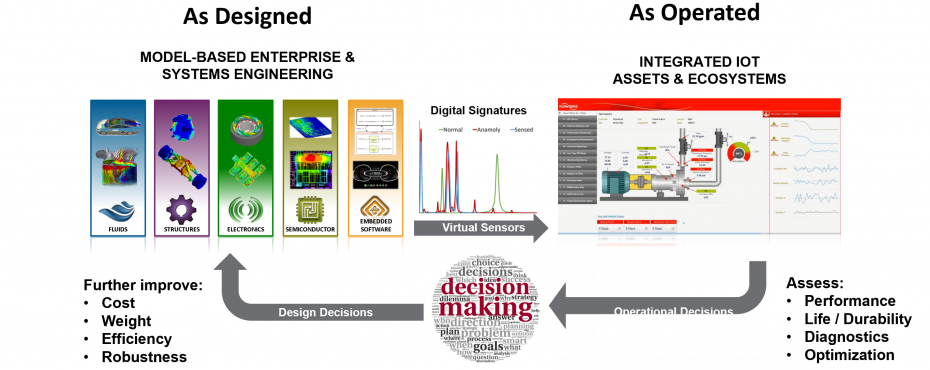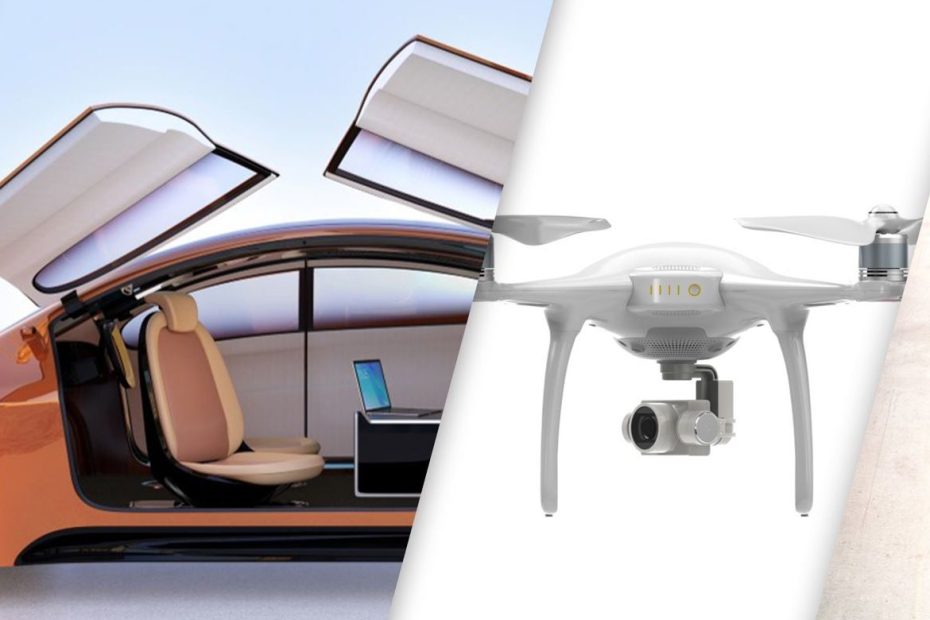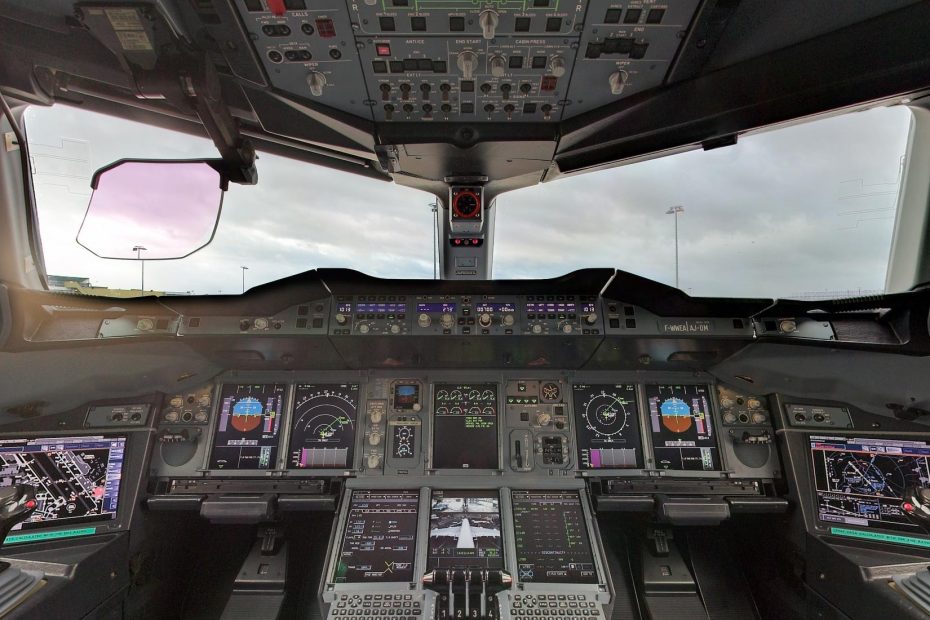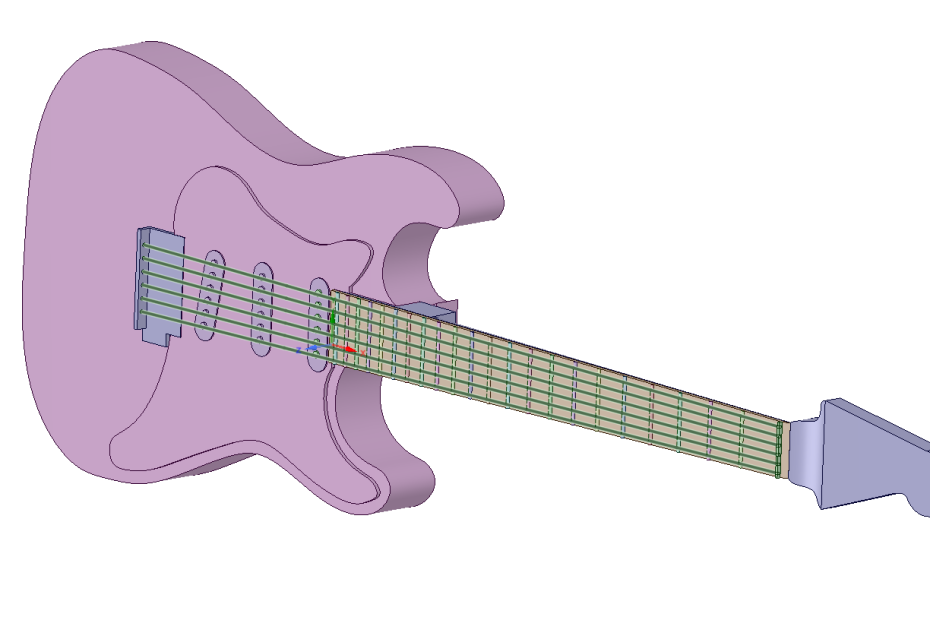Fast-tracking the development of autonomous vehicles, drones and robots via engineering simulation
Designers of autonomous vehicles, drones & robots face key safety and reliability challenges when integrating machine vision & complex sensors. Engineering simulation tools can form part of a complete control loop for autonomous systems, helping to replicate the real world performance of sensors in a consistent and repeatable virtual test environment and leading engineers to solve issues before they become a problem in real life.


